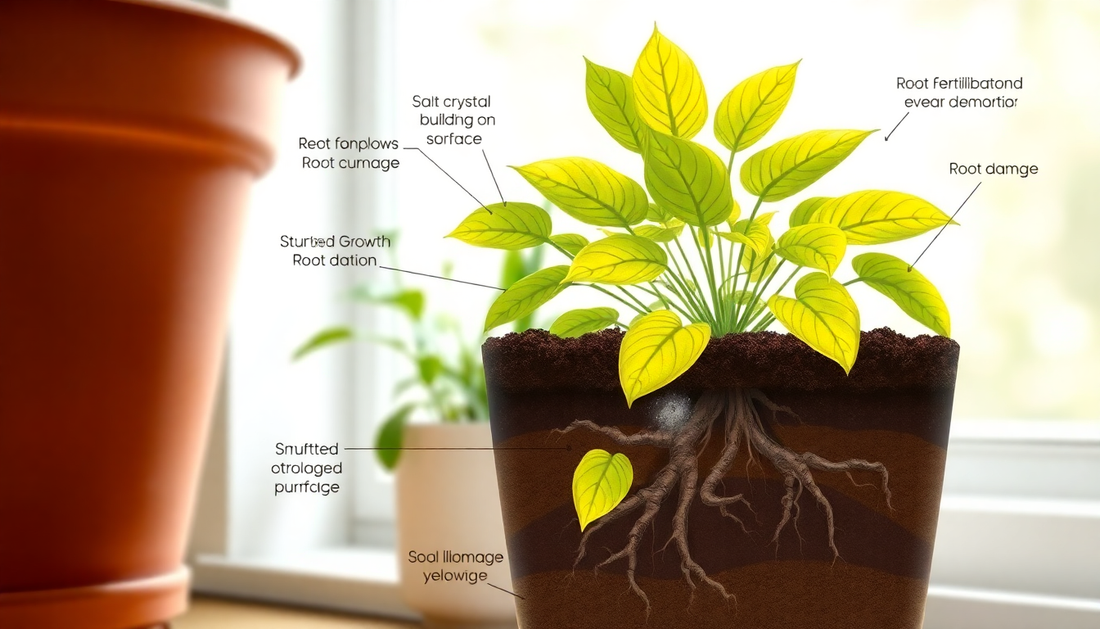
How to Spot Over-Fertilization in Potted Plants – HSR Layout Tips
As the gardening enthusiasts in HSR Layout, Bangalore, we at Idyl know all too well the challenges of maintaining healthy potted plants. One common issue that can plague even the most diligent plant parents is over-fertilization. While a little fertilizer can work wonders, too much of a good thing can quickly turn your lush greenery into a wilted, yellowing mess.
In this post, we'll explore the telltale signs of over-fertilization and share our top tips to help your container plants bounce back to their vibrant best.
Identifying Over-Fertilization
The first step in addressing over-fertilization is to recognize the warning signs. Here are some common symptoms to watch out for:
Yellowing Leaves
One of the most obvious indicators of over-fertilization is leaves that turn yellow, especially on the lower part of the plant. This is caused by a buildup of salts and minerals in the soil, which can inhibit the plant's ability to absorb water and nutrients properly.
Wilting and Drooping
Paradoxically, over-fertilized plants may also appear wilted and droopy, despite being well-watered. This is because the high concentration of salts in the soil makes it difficult for the plant to uptake water, leading to dehydration.
Stunted Growth
If your once-thriving plant suddenly stops growing or even starts to shrink, over-fertilization could be the culprit. The excess nutrients can actually inhibit the plant's natural growth processes.
Burnt Leaf Edges
Another telltale sign is leaves with brown, crispy edges or tips. This "leaf burn" is a direct result of the high salt levels in the soil.
Recovering from Over-Fertilization
If you spot any of these symptoms, don't panic – there are steps you can take to help your plants recover. At Idyl, we recommend the following:
Flush the Soil
The first course of action is to thoroughly flush the soil with clean water. This will help dilute and wash away the excess salts and minerals. Repeat this process a few times, allowing the soil to fully drain between flushes.
Repot with Fresh Soil
If flushing doesn't do the trick, you may need to repot the plant in fresh, nutrient-balanced potting mix. Be sure to gently remove as much of the old, compacted soil as possible before replanting.
Withhold Fertilizer
Once your plant is safely in its new home, hold off on any additional fertilizer applications until it has had a chance to recover. Slowly reintroduce a balanced, slow-release fertilizer as the plant regains its vigor.
With a little TLC and patience, your over-fertilized plants can bounce back to health. And remember, the team at Idyl is always here to offer personalized advice and support. Visit our HSR Layout store or shop online to find the perfect products and solutions for your gardening needs.






No comments